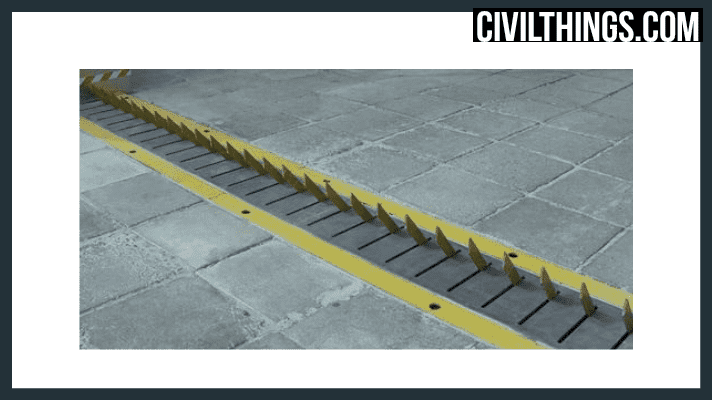The Best Guide To Wedge Barriers

The Ultimate Guide To Wedge Barriers
g., springtime assistance 65 )may be repaired to completion of the springtime pole 58 his comment is here to enable compression of the springs 60. As the springtimes 60 are compressed in between here are the findings the springtime supports 62, the spring setting up 54 produces a pressure acting on the web cam coupled to the spring pole 58 in a direction 66. As an example, the staying pressure applied to
the web cam to release the wedge plate 16 may be you could try here supplied by an electromechanical actuator 84 or various other actuator. The spring assembly 54 and the actuator 84(e. g., electromechanical actuator)may operate with each other to translate the cam and lift the wedge plate 16.
As mentioned over, in the deployed placement, the wedge plate 16 serves to block gain access to or travel beyond the obstacle 10. The obstacle 10(e. g., the wedge plate 16 )might obstruct pedestrians or automobiles from accessing a building or pathway. If a car is traveling towards the released wedge plate 16(e. For instance, in one circumstance, the safety legs 86 might be prolonged duringmaintenance of the barrier 10.